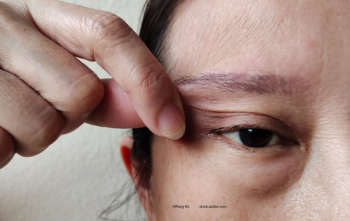
The rare disorder is often a delayed or misdiagnosed condition, resulting in unnecessary referrals and imaging.

The rare disorder is often a delayed or misdiagnosed condition, resulting in unnecessary referrals and imaging.
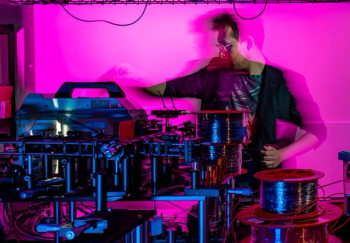
A new technique will allow fast and non-invasive assessment of the physiological state of the retina. This could be a real breakthrough in the treatment of eye diseases.

In a patient survey, 66% of respondents said AI plays a large role in their diagnosis and treatment and thought it was important.

TAKE-HOME: This affordable device allows the view through a slit lamp to be shared in real time or recorded, for teaching and reference purposes.

A team of investigators from Pohang University of Science and Technology has found that conjunctival goblet cell examination is important for the precise diagnosis and effective treatment of ocular surface diseases; however, CGC examination has not been possible until now due to lack of non-invasive devices.

Assessing cornea status can aid early recognition of disease-related changes

Researchers from the Department of Ophthalmology at the University Hospital Bonn and Deutsches Zentrum für Neurodegenerative Erkrankungen suggest that assessments of the eye’s retina could help to detect a loss of brain substance, i. e. “brain atrophy.” The findings are based on data from the Rhineland Study.

Mary Durbin, PhD, Chief Scientific Officer at Heru, discusses the benefits and capabilities of the various testing modalities available in 1 wearable platform.
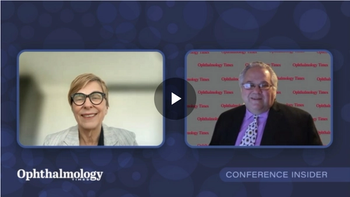
During her talk at Angiogenesis, Dr. Loewenstein outlines how artificial intelligence could revolutionize diabetic retinopathy screening.
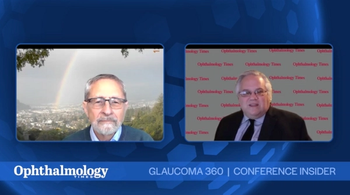
Robert L. Stamper, MD, speak with Ophthalmology Times®' David Hutton to discuss his presentation at the Glaucoma 360 event in San Francisco, where he presented an update on OCT-Angiography and its role in detecting the density of the capillaries in the macula.

The GMOPC was established in February 2020 at an inaugural meeting in Los Angeles, California, as an investigator-initiated clinical research study, with Heidelberg Engineering as an industry partner.

Investigators are searching for a link between TIAs and changes in the back of the eye.

Work by a team of investigators is shedding light on the severity for gene variants and establishing outcome measures for therapeutic trials.

This Bascom Palmer Eye Institute 2-day virtual scientific program promises a distinguished international faculty who will share the latest developments in imaging, translational research, and clinical trials as well as the impact these advances will have on clinical ophthalmology.
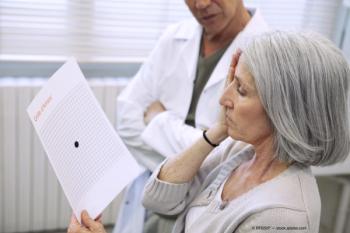
A partnership that includes BALANCED Media|Technology, the Retina Foundation of the Southwest and Southern Methodist University is seeking a patent for machine learning software for OCT images aids in identity progression and treatment options

According to the company, the iScan80 is a high-speed OCT system ideal for practices seeking an affordable and versatile OCT system.
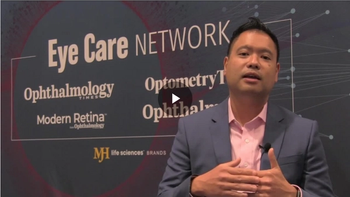
Ted Leng, MD, discusses his IRIS Registry analysis presentation regarding variations in vitreoretinal physician utilization of ancillary testing.
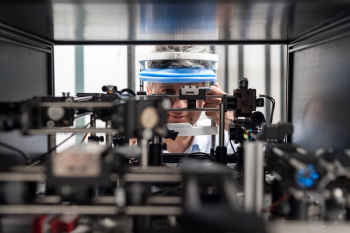
A team of scientists have developed a two-photon excited fluorescence scanning laser ophthalmoscope, an instrument that allows viewing the biochemistry of vision in the living eye in real time.

Approach shows potential as a promising second-line screening tool for patients with diabetes.

SD-OCT is providing reproducible, high-quality, registered images to assess the treatment response in macular disease.
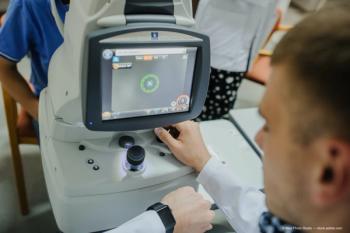

Widefield fundus autofluorescence detects subtle findings, which can result in better outcomes.

A pilot study tests the technology to obtain remote fundus imaging of patients.

Investigators hoping to develop a novel artificial intelligence model.
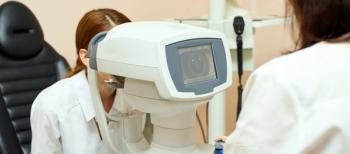
Proposal hints at the use of generative adversarial network (GAN) for applications in macular surgery